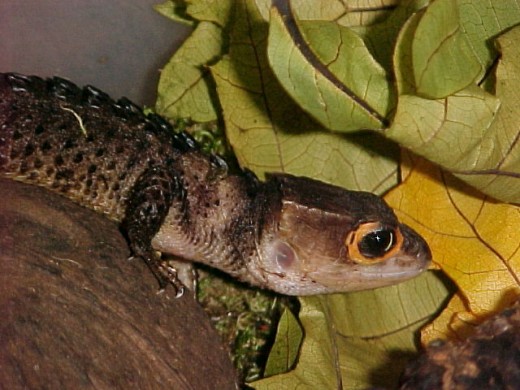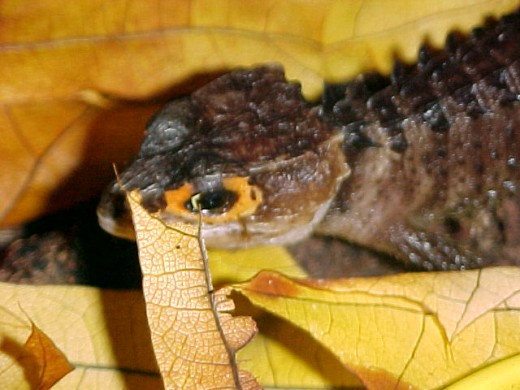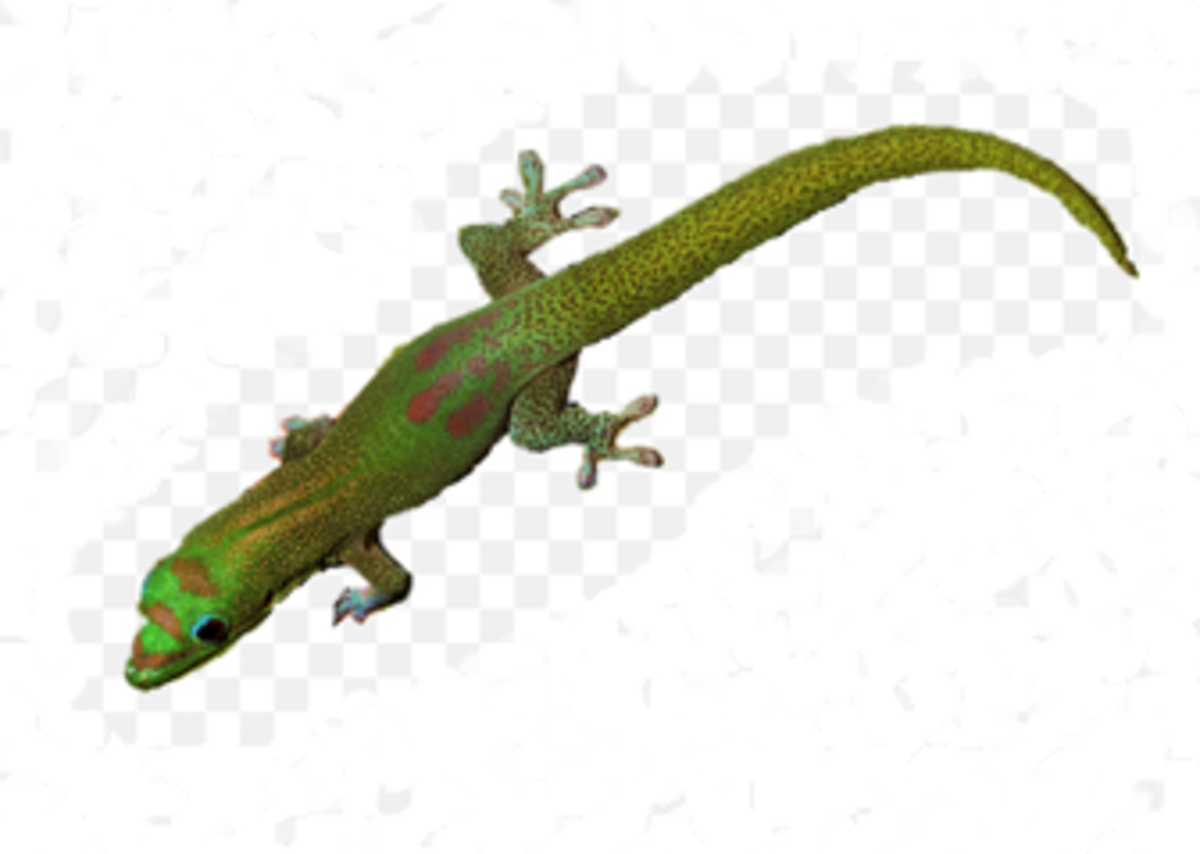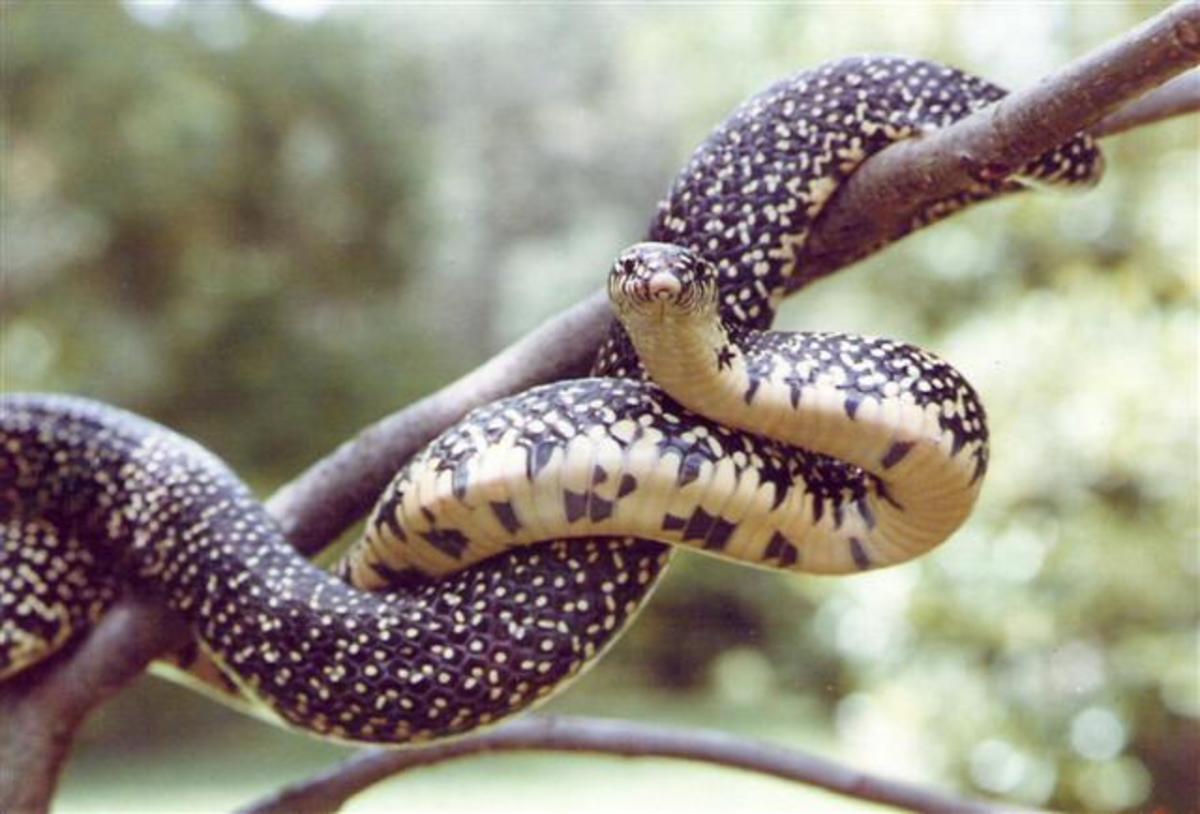Tribolonotus gracilis

Tribolonotus gracils
Species of the genus Tribolonotus are not very well known. These skinks are found in the tropical forests of New Guinea and the surrounding islands. The most well known and most studied of the genus is Tribolonotus gracilis. T. gracilis defensively vocalizes when it or its progeny is threatened. Females of this species cares not only for its egg, but also its newly hatched juvenile. In captivity, T. gracilis can make an easy and rewarding pet. T. novaeguineae can be occasionally found in the pet trade. Wild caught specimens primarily supply the pet trade.
Skinks of the genus Tribolontus are found in Indonesia/ Papua New Guinea to the Solomon Islands. There are eight species of Tribolontus known. Tribolonotus gracilis is the most studied and are the only species found in the pet trade (T. novaeguineae can be found on rare occasions). They occur naturally in New Guinea and can be found relatively readily in the pet trade under common names such as: Tribbies, Helmeted skinks, red-eyed crocodile skinks and casqued-headed skinks. Although easily found, they do range in cost from $70-$100. Little is known about other species of Tribolonotus and, therefore, this paper will focus mainly on T. gracilis.

Distribution
T. brongersmai can also be found on the Admirality islands as well as the Bismarck Archipelago. T. annectens is also indigenous to the Bismarck Archipelago and New Britain. T. blanchardi, T. ponceleti, T. pseudoponceleti and T. schmidti are all found on the Solomon Islands and T. novaeguineae and T. gracilis are found in New Guinea. (O’Shea, 1991,1994).
New Guinea, being the largest tropical island, is one of the top five most biologically diverse areas in the world and the third largest rainforest (Perkins and Austin, 2009). Although there are a variety of habitats across their range, the temperatures there vary little year round. Therefore, the skinks follow a wet/dry season where they breed during the wet season. In general, these skinks are found in moist tropical forests where humidity is 70-80% all year (Caguillo). They are crepuscular lizards, hiding under logs, rocks and leaf litter; often near water. They can climb and swim relatively well, but are very much ground-dwelling organisms and are sometimes categorized as semi-fossorial (Hartdegen, Ruston et. al, 2001). They have a very small home range; a small community of lizards may spend their entire lives within a couple square feet. Recently, T. gracilis have seemed to have created a niche in coconut plantations where they have created have established populations within husk piles. Here Tribbies dwell, feed and reproduce (O’Shea, 1991). This may provide an opportunity for a population explosion for this species.
Physical Description of T. gracilis, T. novaeguineae and T. brongersmai
Most of the common names refer to the skinks’ triangular-wedge shaped head; giving it, in the most general sense, the appearance of a small triceratops. These predominantly brown lizards vary little in size across species; ranging from 6-9 cm (STV) or 16-18 cm (TL). Most species have four rows of keeled dorsal scales that taper to a sharp point and curve caudally. These dorsal scales start at the nape of the neck and run down to the tip of the tail. T. gracilis has dramatic curvature to their dorsal scales, whereas T. novaeguineae has only a slight curvature. These scales are what give them the name of “crocodile skink” as their dorsal scales are similar to that of a crocodile. These lizards also have tubercles (T. gracilis) or small keeled scales (T. novaeguineae) along their flanks.
Tribolonotus brongersmai differs from other Tribolonotus species in that they only have two rows of dorsal scales instead of four (T. blanchardi has only one row of dorsal scales). Its head is much flatter compared to T. gracilis and T. novaeguineae and does not possess the small cranial crest that the aforementioned species have. T. brongersmai is mostly a dark brown color with some faint cream vertical banding along the flanks and oculars. The most caudal portion of the tail is slightly lighter than the rest of the body and they have a v-shaped band on the base of the tail. This species lacks the planter pores like other Tribolonotus species possess. Juveniles possess a much more pronounced v-shaped band at the base of the tail and its scales are much rougher and more keeled. These species can also be found in husk piles. When startled they will lunge toward the threat with a gaping mouth (Cogger, Harold G., 1966).
Tribolonotus gracilis is the only species with a bright orange ring around their eye. Thus the common name “red-eyed crocodile skink” refers specifically to T. gracilis. Conversely, T. novaeguineae has a bright yellow coloration in the lacrimal area of the eye. T. novaeguineae has faint orange or cream vertical banding; this can become bright pastel-orange during breeding and brooding season in both sexes. T. gracilis is a dark brown skink with a cream belly. Some individuals have a faint yellow to orange coloration on the ventral surface of their neck and torso which may become brighter during breeding season. Males tend to be slightly larger and bulkier than females, however, this is an unreliable way to sex individuals. Males can be identified by the bluish-grey planter’s pores on the hind feet along the base of the third and fourth toes. These pores are thought to secrete pheromones used to mark territory. Additionally, males have enlarged belly scales that are usually five or six scales long and two or three rows wide. These scales are located at the umbilicus. Juveniles of both species have a very different coloration compared to the adults. T. gracilis juveniles lack the orange ring, but have bright yellow patterning on their head, and black and yellow banding along their labial and supraocular scales. Also, unlike adults which have brown to black irises, juveniles have blue. Similarly, T. novaeguineae juveniles have very similar cream to yellow patterning on their rostrum and also have blue eyes. Although more drab than the T. gracilis, juveniles have faint banding that will become more prominent as adults. Sexual maturation takes about three years.
Another common trait of the Tribolonotus lizards is the females have two ovaries, but only one functional oviduct (the right) and only lay one egg at a time. The left ovary must migrate to the right side of the body to release its egg. This way, one egg is retained inside the body until the first egg has hatched. Females can lay up to six eggs a year. Tribolonotus schmidti is the only species that is viviparous, but like its oviparous counterparts, bears one baby at a time. Eggs are oblong and leathery. They have a cracked appearance and are usually around 20mm long and 3-4 g in weight. Incubation lasts for 65-85 days. Hatchlings are quite small at 6-8 (TL) cm and 3-5 g (Russell, M.J, 1996). Mating behaviors are not well documented as they are fairly secretive lizards. Maternal care of eggs and hatchlings have been observed in T. gracilis as well as defensive vocalizations.
Vocalization and Maternal Care in T. gracilis
While defensive vocalizations and maternal care in scincids is known, T. gracilis may be the only species that vocalizes as a defense for their progeny. Several herpetologists from the Dallas zoo documented the maternal care in wild-caught T. gracilis and conducted analysis of both male and female vocalizations in 2001. Bi-monthly, observations were made after the females had laid eggs. Females were often found resting around their nests. When nests or eggs were disturbed, females would lunge with a gaping mouth and, at time, vocalize. When eggs were uncovered and left, they were found re-buried the next day. After hatching, daily observations showed that juveniles remained very close to or on the female for several weeks. Although males were left in the enclosure with the female and juvenile, they elicited neither defensive nor aggressive behavior (Hartdegen, Ruston et. al, 2001).
Hartdegen, et. al. also recorded the vocalizations of both male and female adults. To do this they physically manipulated the lizards to elicit a vocalization. The vocalizations were recorded and transferred to a computer for analysis. They found that both male and female vocalizations start and end with a sloppy range of sounds, followed by harmonics and ending again with a more randomized sound. Females had a slower rate (500 Hz) than males (775 Hz). Males had a slightly longer vocalization (.14 sec) than that of the females (.11 sec). In addition, males had a higher frequency range than females. Females, on the other hand, have a higher incidence of harmonics in their vocalizations. These differences did not have any correlation to size and thus there seems to be sexual-acoustical dimorphism (Hartdegen, Ruston et. al, 2001).
Species Specific Plasmodium Species in T. gracilis
A group of scientists from the Florida Museum of Natural History identified two species of plasmodium found in T. gracilis. Blood smears were conducted from eight skinks. These have been named Plasmodium gracilis and Plasmodium Tribolonotus. Although plasmodium ingest erythrocytes, they do not affect the shape of the cell. These species are only found in New Guinea and infect only T. gracilis (Telford, Sam R. et. al, 2005).
Captive Care of T. gracilis and T. novaeguineae
Tribbies are small low maintenance animals that make great pets. A pair or trio can be kept in a 20 gallon-long aquarium. This being said, males should only be housed with females; males have been known to be territorially aggressive toward other males. Although they do fine with a medium sized bowl, they make full use of a large water pan they can swim in. In fact, they can sometimes be seen resting fully submerged for great lengths of time. They do best on a moist substrate such as peat or sphagnum moss. According to Dean Carguillo*, the substrate where they are found in New Guinea stays relatively wet all year round. Therefore in captivity, it is best to try to mimic this which will aid in keeping their environment at 70-80% humidity. Being secretive lizards, they do best with plenty of hides which can be as simple as strips of cork bark. They also make use of live plants and leaf litter as shelter. These skinks require UVA and UVB even though they rarely bask. In captivity, they will readily eat most invertebrates available (crickets, mealworms, bee moths, etc.). Breeding these lizards are relatively simple; they breed during the wet season and therefore can be induced my misting frequently and increasing the humidity. Eggs hatch well whether left with the female or incubated separately. In captivity, they can be accustomed to handling in which defensive vocalizations become less frequent. Anecdotal observations suggest that these lizards may also “play dead (animal remaining limp and immobile)” up to an after being handled although neither I nor anyone I know directly has ever observed this behavior. Most individuals in captivity are wild caught. While this is slowly changing, there are not many that breed these individuals and Tribbies do not lay large clutches.
Literature Cited
Cogger, Harold G. “A New Scincid Lizard of the Genus Tribolonotus From Manus Island, New Guinea.” Zoologische Medelingen. 47:16 (1969): 202-211.
Greer, A. E. and F. Parker. “ A New Species of Tribolonotus (Lacertilia: Scincidae) from Bougainville and Buka, Solomon Islands, With Comments on the Biology and Evolution of the Biology of the Genus.” Breviora. 291 (1968): 1-23.



